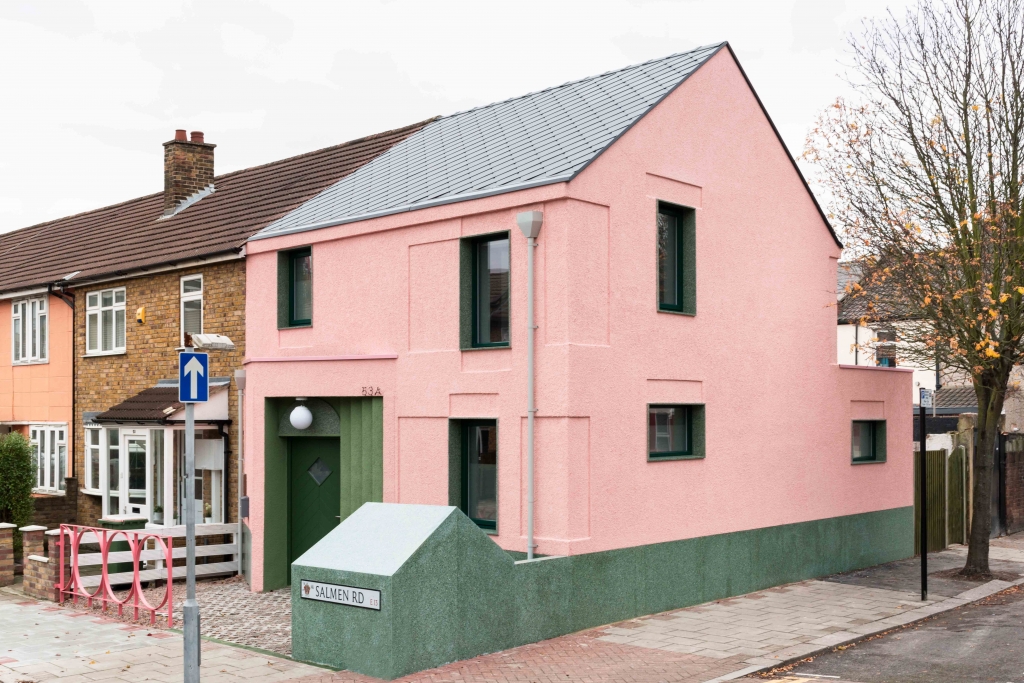Can you build a house in your garden?
If you have a large garden (or driveway in fact) that’s accessible directly from the road, it can provide a fantastic development opportunity to build a house on your land. The advantages of this approach to a self-building are potentially huge:
- It could significantly increase the total value of your land/property. Consider that even just doing the feasibility study and planning permission could achieve a significant uplift in the value of your property. You could even just sell the plot of land for the new house with planning permission, and keep your own.
- It could provide a much needed annex for a relative or extra space for a growing family, without needing to move house.
- It could be a fantastic asset as a rental property.
- You could simply develop the land and sell it.
- Unlike many other self-build routes, you wouldn’t need to rent accommodation or pay two mortgages while the work is in progress.
Check covenants
Covenants are restrictions placed on your land that can prevent you from developing it in a certain way. Even if you get planning permission to build a house in your garden, the covenant would override this, so it’s well worth checking your title on Land Registry (or Registers of Scotland) before anything else. If there is a restrictive covenant, it may be possible to get it removed, especially if the beneficiary (ie the party that benefits from the restriction) no longer exists. For this you would need to contact a solicitor.
How much will the planning phase cost?
This depends on a number of things:
- the size/complexity of the proposals;
- the extent of feasibility studies to be undertaken (your architect can advise on this), which may need to include a site survey, ecological/flood risk/mining surveys as part of your application.
A reasonable figure to set aside for the planning stage to build a house in your garden would be around £5000 to cover the planning fee (usually around £500), architects’ fee (£3-4000) and any necessary surveys.
How much will it cost to build a house in your garden?
We’ve written a more comprehensive article on this subject, including real-life examples to help you estimate how much yours would cost: How much does it cost to build a house? In summary, we suggested a cost per square metre of £1,375 to £1,725 + VAT and professional fees.
Capital Gains Tax considerations
If you decide to sell a portion of your land with planning permission, you should be exempt from Capital Gains Tax if the plot of land is under 0.6 hectares. Alternatively, if you move into the new dwelling and sell your existing house, you would also be exempt from CGT as it was your Principle Private Residence. Please consult an accountant/ financial advisor about your particular situation to check if the above applies to you.
Where to start?
Before you spend anything on the planning phase, it’s important to get a clear understanding of what the process will be to build a house in your garden and any potential hurdles that you might face… and indeed, whether you should proceed at all! This is also known as a ‘feasibility study’ and is typically carried out by your architect. Here are some common areas to research as part of this study:
- Are you in the countryside and/or part of a conservation area? Building on greenbelt land can be more difficult to get through planning than if you live in a built up area. Similarly, conservation areas have stricter rules that should be researched before applying for planning.
- Is there enough space and access to allow you to build on your garden? Would there be privacy issues for either your existing house or the new one?
- Will the existing property’s value be diminished significantly? At the very least, you will be removing part of its land, which is likely to decrease its value a little. However, this needs to be weighed up against the increase in value overall, which can dramatically outweigh any loss on the existing house.
Finding a good architect
The success of your project depends on this so it’s probably the most important decision you will need to make. Here at Design for Me we help homeowners find that design professional and our service is free to use!
Once you register your project, we’ll match it with 100s of top architects or architectural technicians, and straight away you will be able to see who may be available and eager to help you build a house in your garden.
Project by Hugh, an architect on Design for Me – See his profile here and shortlist him for your project
Project description
A new-build semi-detached two storey house, made of textured render with terrazzo details. Inside are three bedrooms, three bathrooms and an open plan kitchen, dining and living room. These contain generous vertical spaces, such as double height bedrooms, exposed beam ceilings and a triple height staircase, on what is a constrained corner site.![]() The site was previously a garden, and the design makes use of its end of terrace position with windows on all sides.
The site was previously a garden, and the design makes use of its end of terrace position with windows on all sides.
Project size
87 square metres
*roughly £2,299 per square metre (excluding VAT and professional fees)*
Construction costs
£200,000 excluding VAT
Level of finish
Good value finish, with items that are the best quality and longest lifespan for the lowest price. For example, the windows are timber framed with aluminium cladding, so that they are hard wearing and long lasting, but from a manufacturer known for pricing very competitively.
Any notable factors that increased costs?
The corner plot meant that the building has a large perimeter, with lots of angles. This pushed up the cost of basic items, like the wall construction. That said, this pushed us to develop a really efficient wall construction, using a single skin of large format concrete blocks to make sure the walls could be built as quickly as possible. The entire construction process has taken just over 4 months.
Any particular cost-saving strategies used in the design?
We worked really hard to make the most of the space, for example, we removed the attic space to give all of the rooms on the first floor a double height ceiling, and the staircase a triple height space! In other areas, we whittled down the structure of the roof, the thickness of the walls, and the length of steelwork so that we were able to make the parts of the building you never see as efficiently as possible, while spending money on good quality external materials, insulation and windows.



